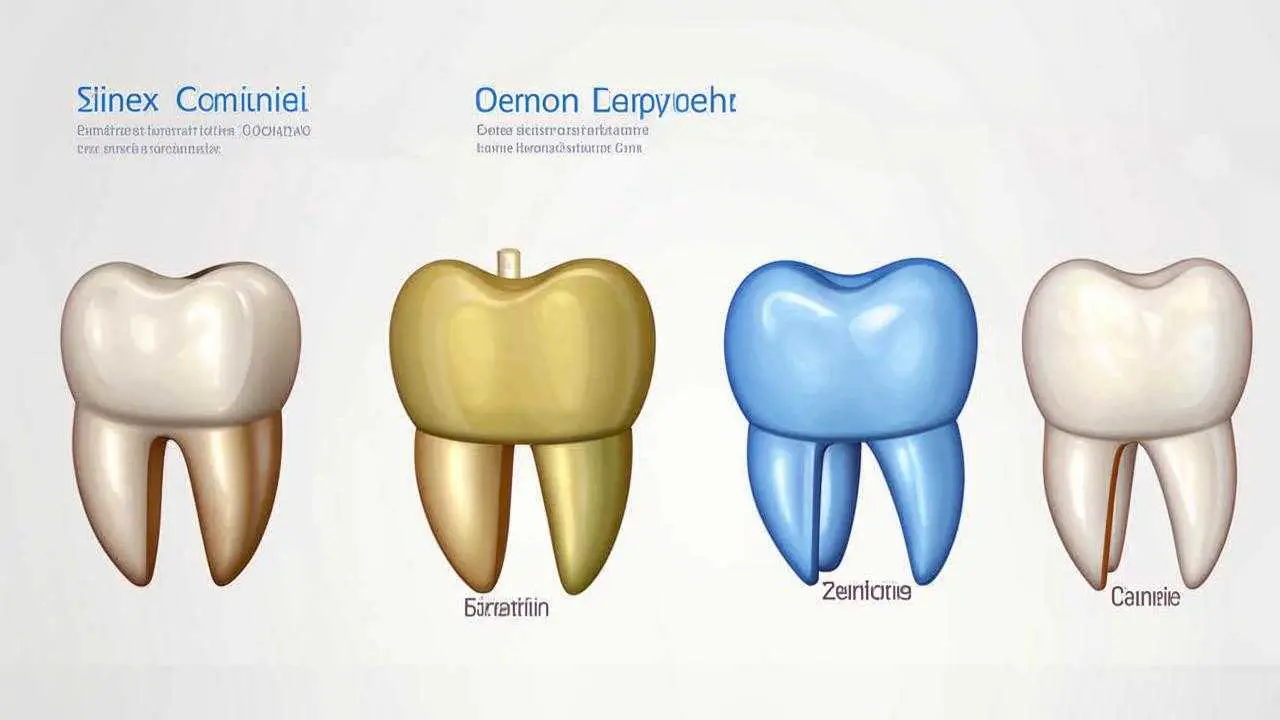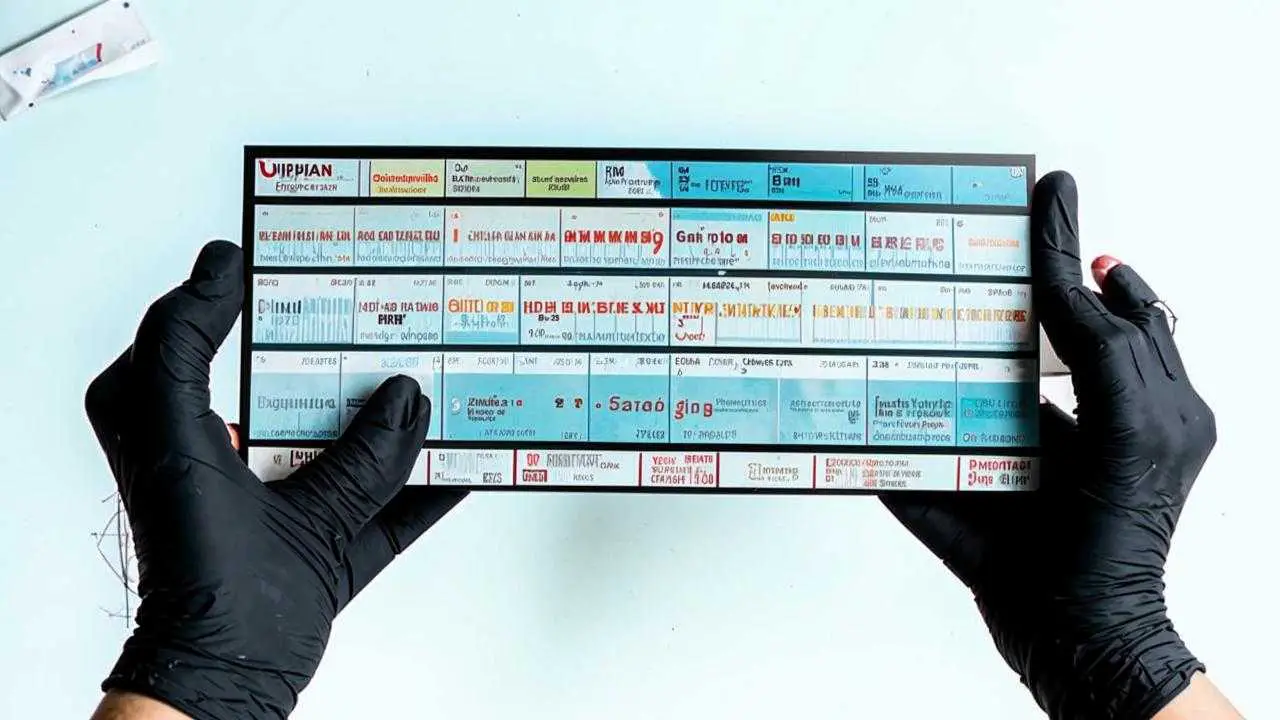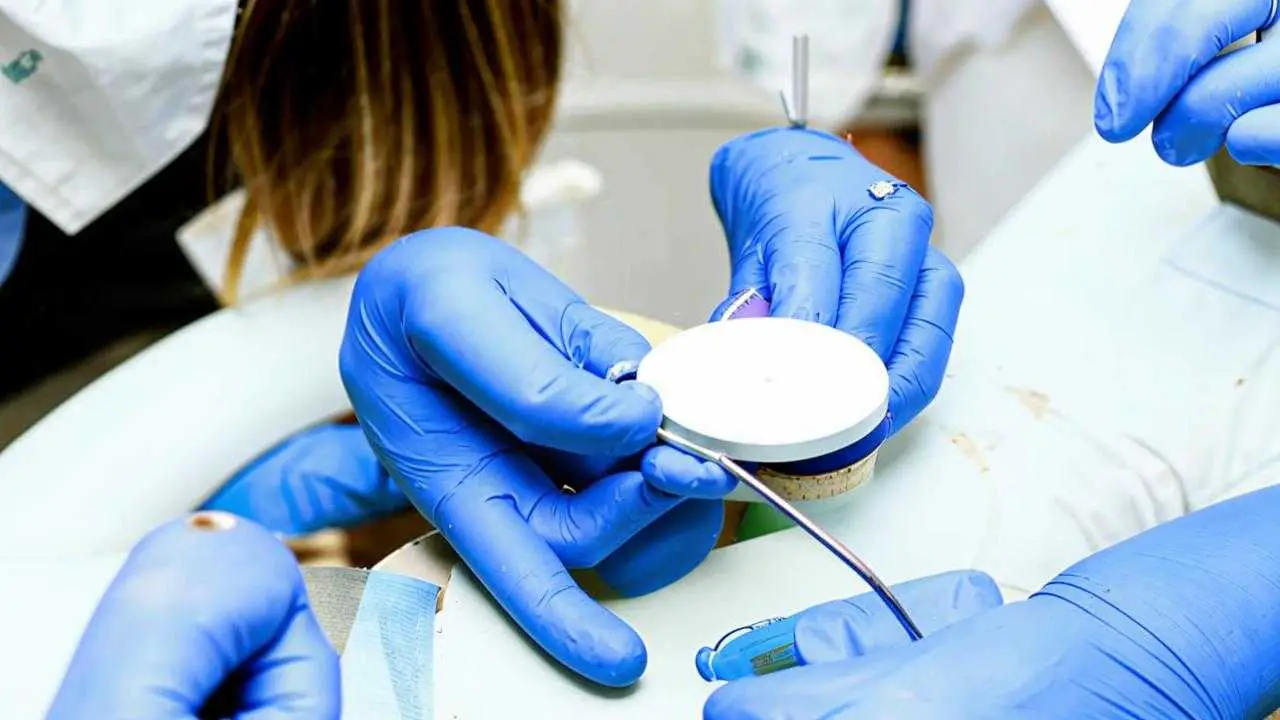We live in a wonderful time: to get a snow-white smile with perfectly straight teeth, you don’t have to wear braces or whiten your teeth every 2 years. It is enough to install thin onlays on your teeth – veneers. A quick, painless procedure and you will always have the smile of your dreams.
Veneers appeared in Hollywood, in the first half of the 20th century. Although actors used veneers constantly, the technology was not widespread – the products were fragile and did not hold well. Only at the end of the 20th century was the technology developed that helped veneers become popular.
Dental microprostheses for lining the front surfaces of teeth are made of ceramics, zirconium dioxide and composites. The technique and timing of fabrication depends on the material. Each of the methods has its pros and cons.
Ceramic veneers
“Ceramics” – a broad concept, which includes a variety of materials. Their main feature is the absence of metals. Therefore, products from ceramics are suitable for patients with allergies to metals. Ceramic veneers are divided according to the following characteristics:
Chemical composition
- Polycrystalline
- Based on feldspar
- Glass-ceramic
Fabrication method
- Layer application
- Hot pressing
- Computer-aided modeling followed by milling (CAD/CAM).
Zirconia onlays consist of a zirconium dioxide framework and ceramic applied in layers.
Steps in the fabrication of ceramic veneers
1. Preparatory
At this stage, the oral cavity is sanitized, the teeth are professionally cleaned and a step-by-step treatment plan is developed.
2. Smile analysis
The doctor photographs the patient from several angles at the time when he smiles. If necessary, gum correction and other manipulations are performed.
3. Color selection
Modern materials, from which veneers are made, have all the properties of natural enamel. And it is translucent. Therefore, when choosing the color, it is important to realize that your own tooth tissue will affect the final result. Color is determined using traditional scales or special instruments. The latter scan the enamel color at several points, process the information and give the result. The plus is that artificial intelligence does not have its own opinion and color perception, the result is unbiased. The minus is that the cost of the procedure is too high. Therefore, most often the color is determined by the proven method – on a color scale.
4. Preparation
If you put veneers immediately on the teeth, they will be too thick, the plate will not fit tightly to the gum. Therefore, the teeth are prepared – remove the top layer of enamel to the thickness of the product. This is 0.2- 0, 5 mm. At the neck, the enamel layer is smaller, and it is important to preserve it for good adhesion. At the edge, the layer is thicker. It is important for the dentist to remove this layer of enamel to maintain bonding and give the tooth a natural look.
After the preparation, temporary veneers are placed on the patient. They are a block structure made of plastic. Real veneers are bonded to each tooth individually.
5. Taking impressions
It all depends on the level of equipment of the clinic. Premium dental centers use computer scanning. In simpler clinics, they make silicone impressions. The impressions are then sent to the laboratory.
6. Fabrication of veneers
Everything starts with a plaster model. Anatomical accuracy and appearance depend on the skill of the technician. The interaction between the technician and the dentist is very important. The final result is better in clinics with their own technical laboratory, where the doctor and technician work as a team. After the plaster model, it is the turn of the wax model. It is filled with a refractory mass and placed in a furnace. The wax vaporizes under the influence of heat, leaving cavities. They are filled with ceramics and put back in the oven. Then the mold is cut, the veneer is processed, tried on a plaster jaw. At the final stage, the technician manually applies glaze. Then it goes back into the oven. This is the hot pressing method.
With layer-by-layer application, the ceramic is applied in layers, each time passing the firing in the kiln. On a milling machine, the veneer is cut out of the dummy. The process is controlled by automation. The ceramic is then applied to the framework.
7. Fitting
Regardless of how veneers are made on the teeth, they are tried on in the same way. At the fitting, the veneers are not bonded to the permanent cement, but are only attached to see how they look. If there are any imperfections, they will be corrected in the laboratory.
8. Fixation
The doctor etches the veneer and tooth enamel with acid to create a rough surface. Then, he or she applies dental cement and sets each veneer individually.
The entire process takes about 2 to 3 weeks, sometimes less. The time frame also depends on whether the clinic has its own lab or has to give it to a contractor.
Composite veneers
Composite veneers are much cheaper than ceramic veneers, because they are installed in 1 appointment, right in the dentist’s office. The surface of the tooth is prepared before installation, and then the doctor gradually, layer by layer, applies composite material. In essence, this is a large filling for the entire tooth. Composite onlays are not as durable as ceramic onlays, they tend to fade and become covered with microcracks, so they need to be polished regularly. They are usually used to restore a single tooth or several teeth in different locations.
Zirconia veneers
Made of zirconium dioxide, a very strong material. It is difficult to process, so the base for the veneer is most often cut out of a dummy on a milling machine and then covered with ceramic. Zirconia veneers are opaque, leaving teeth dazzling white. Zirconia veneers are difficult to bond, but they are so durable that they can last for decades.
Veneers Care
Veneers are cared for in the same way as teeth. Once composite onlays are in place, it’s best to limit drinks and foods that have a lot of pigments. The color of the composite may change. In the case of ceramic onlays, you should avoid cracking nuts and other hard objects with your teeth, as this can damage the integrity of the veneer.



